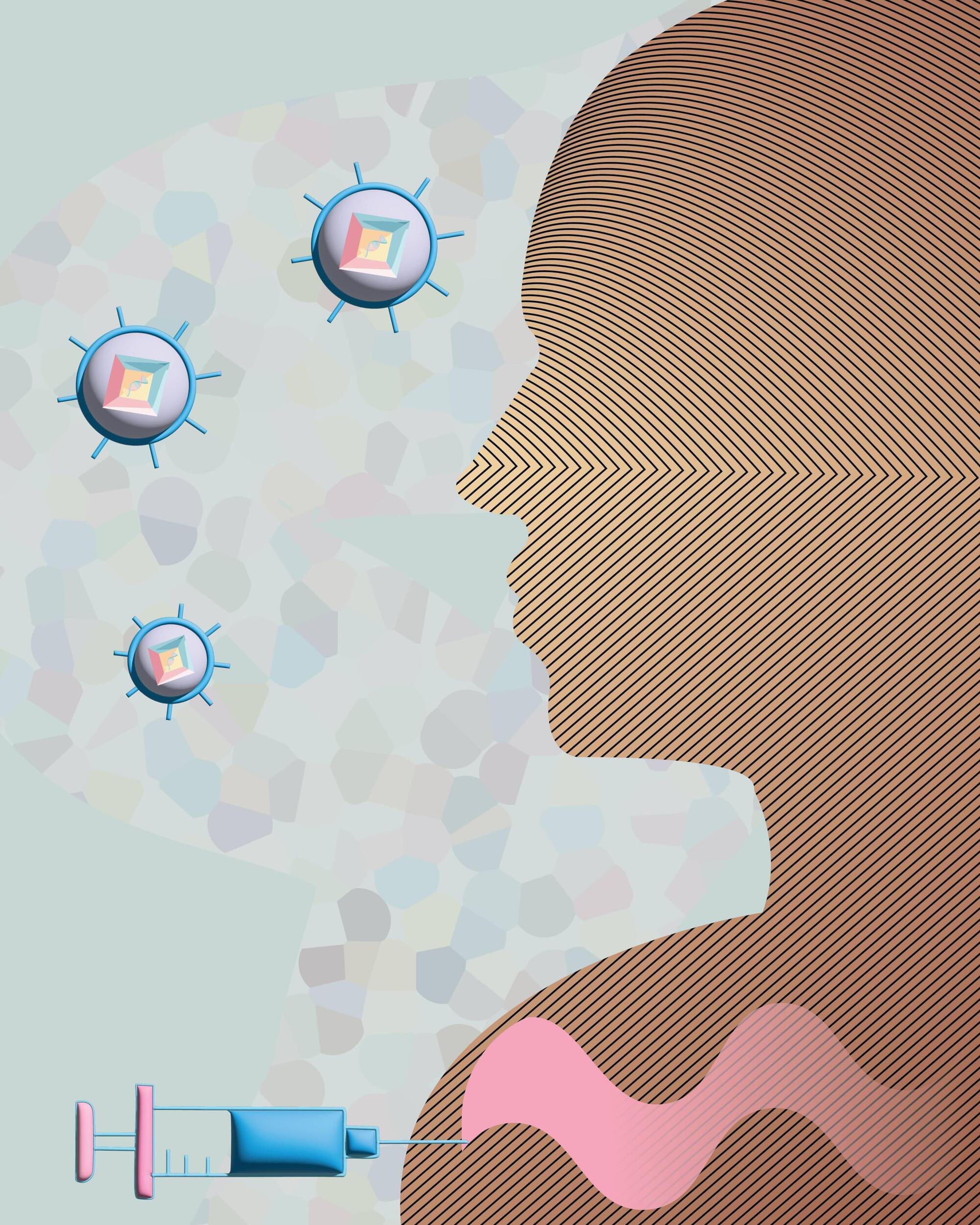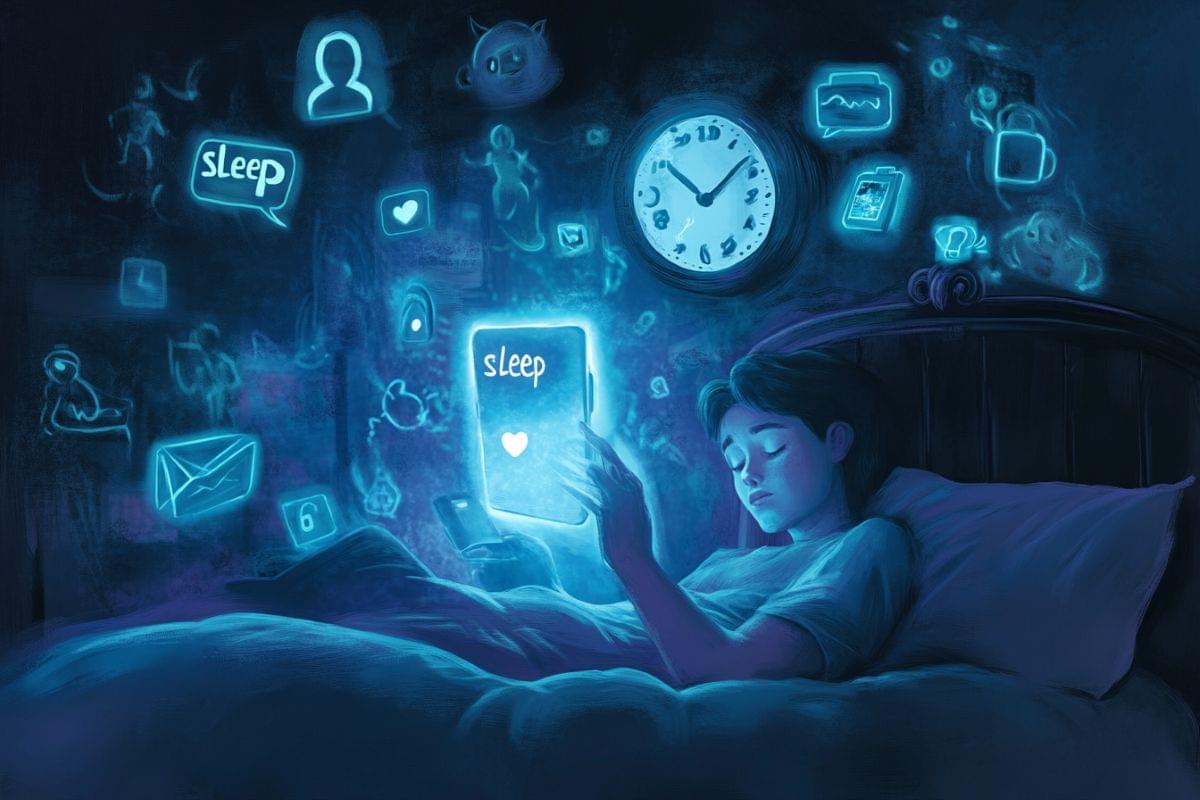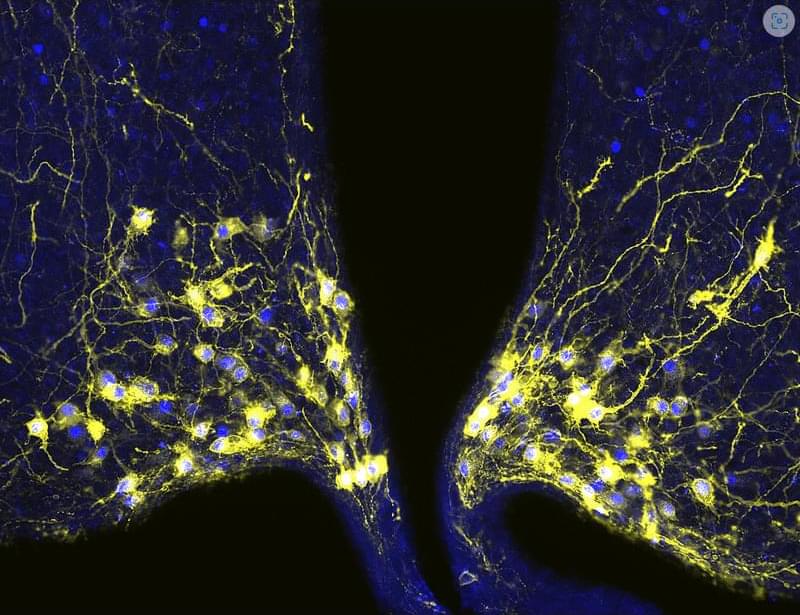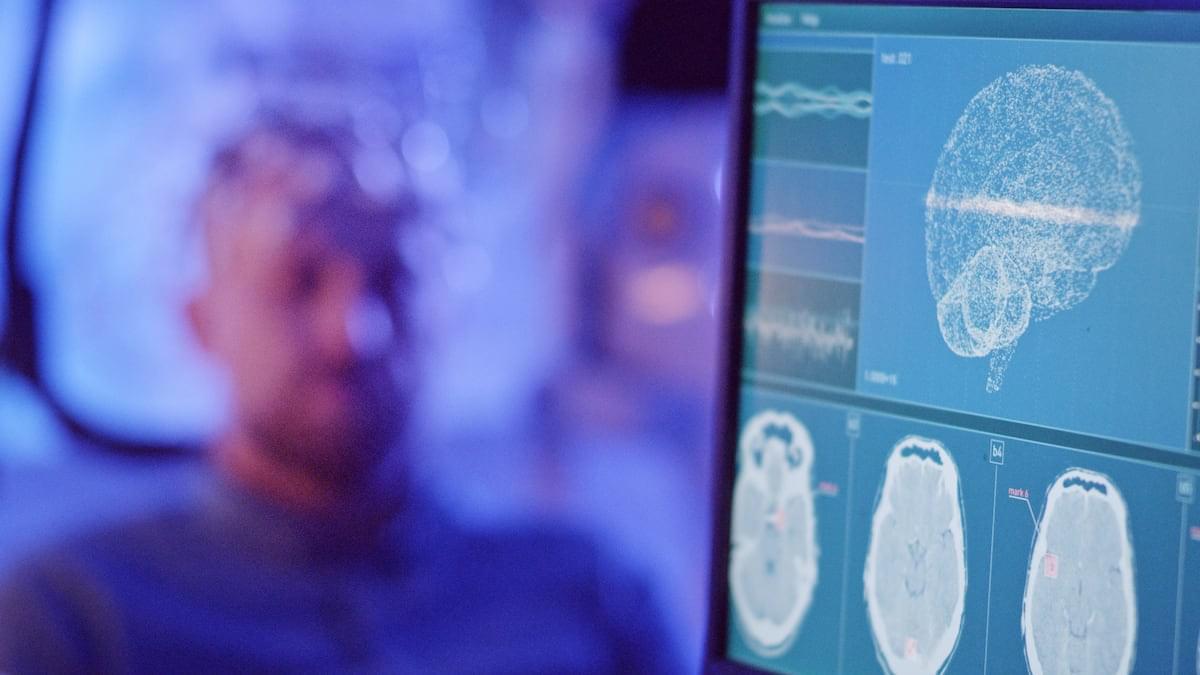A look inside Mindstate Design Labs’ effort to design drugs that reliably produce specific states of consciousness.



An unusual public health policy in Wales may have produced the strongest evidence yet that a vaccine can reduce the risk of dementia. In a new study led by Stanford Medicine, researchers analyzing the health records of Welsh older adults discovered that those who received the shingles vaccine were 20% less likely to develop dementia over the next seven years than those who did not receive the vaccine.
The remarkable findings, published in Nature, support an emerging theory that viruses that affect the nervous system can increase the risk of dementia. If further confirmed, the new findings suggest that a preventive intervention for dementia is already close at hand.
This talk by Professor Thomas Polger (Professor of Philosophy at the Department of Philosophy University of Cincinnati) was given on Thursday 24 March 2022 as part of the Dutch Distinguished Lecture Series in Philosophy and Neuroscience (#DDLS).
Title:
Thomas Polger “The Puzzling Resilience of Multiple Realization” (#DDLS).
Caption.
Abstract.
According to the multiple realization argument, mental states or processes can be realized in diverse and heterogeneous physical systems; and that fact implies that mental states or processes can not be identified with any one particular kind of physical state or process. In particular, mental processes can not be identified with of brain processes. Moreover, the argument provides a general model for the autonomy of the “special” sciences. The multiple realization argument is widely influential. But over the last thirty years it has also faced serious objections. Despite those objections, most philosophers regard that fact of multiple realization and the cogency of the multiple realization argument as obviously correct. Why is that? What is it about the multiple realization argument that makes it so resilient? One reason that the multiple realization argument is deeply intertwined with a view that minds are, in some sense, computational. But I argue that the sense in which minds are computational does not support the conclusion that they are obviously multiply realized. I argue that the sense in which brains compute does not imply that brains implement computational processes that are multiply realizable, and it does not provide a general model for the autonomy of the special sciences.
The mind is a lot like a computer — but what if this metaphor was more than just a metaphor? According to the philosopher Andy Clark, human minds aren’t just like computers, human minds are computers! In this video, we’ll get into the consequences of this seemingly radical framework and what it means for cognitive science as a whole.
0:00 — Intro.
1:09 — The conceivability argument.
2:17 — Behaviorism revisited.
5:14 — Identity theory.
7:54 — Functionalism revisited.
8:56 — Computational theory of mind.
12:09 — Formal systems.
13:26 — Games.
15:20 — Language.
17:19 — Wrapping up.
18:55 — Key concepts.
What does it mean to claim that the mind extends beyond the brain in some meaningful way? Can objects in the external environment, such as a computer or even a notebook, combine with the traditional mind to create a cognitive \.
EPFL’s Blue Brain Project deployed its powerful brain simulation technology and expertise in cellular and molecular biology to try and answer this question.



